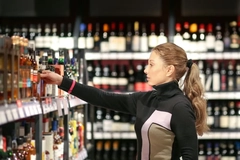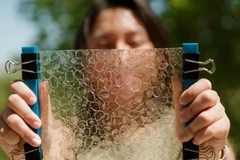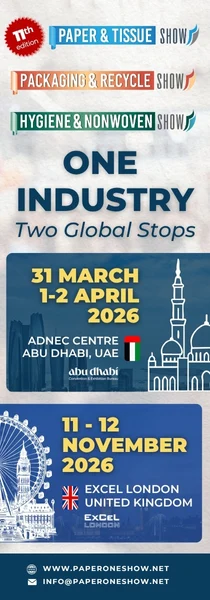
- Industry news
Industry news
- Category news
- Reports
- Key trends
- Multimedia
Multimedia
- Journal
- Events
- Suppliers
Suppliers
- Home
- Industry news
Industry news
- Category news
- Reports
- Key trends
- Multimedia
Multimedia
- Events
- Suppliers
Suppliers
Seward’s autoclavable Stomacher bag halves plastic waste in food microbiology testing
30 Jun 2021 --- UK sample preparation company Seward is launching the first autoclavable paddle blender bag in its Stomacher food testing bag portfolio.
Instead of using virgin-alternative plastic materials, Seward omitted the standard lab practice of “double bagging,” or putting one bag into another. Avoiding this practice can reduce the amount of plastic waste by 50 percent, amounting to 1,100 kg less plastic annually.
The company has estimated using the new Stomacher bag at only one site could save almost US$31,000 annually due to the reduced need for materials and more than two hours saved in daily processing time.
Uses in food sampling
Stuart Ray, Seward’s technical director, tells PackagingInsights autoclaving is a method of sterilization using high-pressure steam.
“Autoclaves use water, pressure and heat to create superheated steam that kills microorganisms and spores.”
Blender bags are used in food testing laboratories for blending and preparing food samples for subsequent analyses.
“All food companies are by law required to sample and test their ingredients and products as well as their hygiene standards. So all food companies use lab consumables either themselves or via a contractor and the numbers correlate to the size of the company,” Ray explains.
Testing the right plastic
Seward developed the bag in response to a global food giant customer’s request to produce a sterile blender bag.
The new Seward Stomacher 3500 Autoclavable Bag is also autoclavable for sterility methods post-testing.Seward’s new autoclavable bags are designed to survive the disposal cycle in the autoclave, reaching 121°C for 20 minutes. “They can also survive the media prep cycle of 121°C for 15 minutes,” says Ray.
The bags can withstand extensive blending without tears or perforations, which provides a low-cost option for sample preparation with no risk of cross-contamination between samples.
Ray explains the new bag needed “very diverse physical properties,” requiring a collaborative approach with materials scientists to overcome them.
Available in 400 mL to 4500 mL sizes, the Stomacher bags are puncture-resistant at 100 um film thickness.
“Using single-use plastic is not only detrimental to the environment, it is costly. Seward is always striving for ways to reduce, reuse or recycle wherever possible,” Ray adds.
“In microbiology testing, we aren’t yet able to eliminate all single-use plastic, however we knew there must be a way of reducing it.”
Why not other materials?
Bio-based and reusable materials did not come into question for the Stomacher bags for safety and durability reasons.
“The material must be strong, stable and un-supplemented so the samples do not become contaminated and the bags are sterile and strong enough to withstand laboratory blending,” Ray highlights. The new bags are compatible with the Stomacher 3500 machine.
“Reused material runs the risk of leaching chemicals and residues into the sample in the bag, which can alter the microbiological result,” he explains.
He notes recyclate could also falsely report negative results, allowing contaminated ingredients and products to enter the food chain.
Meanwhile, bio-based plastics have “not advanced sufficiently” to provide a plastic product that combines all the properties needed by the lab.
Food prep packaging
Outside of standard consumer-facing packaging, the F&B industry is working to address consumer and regulatory demands for plastic pollution solutions.
For example, sous vide device provider Anova launched a half-gallon reusable bag made from 100 percent food-grade silicone in March.
Meanwhile, Ixon Food Technology shared with PackagingInsights last year how it made scalable progress to commercialize its sous vide aseptic packaging technology to naturally preserve foods without additives or high temperatures.
By Anni Schleicher












